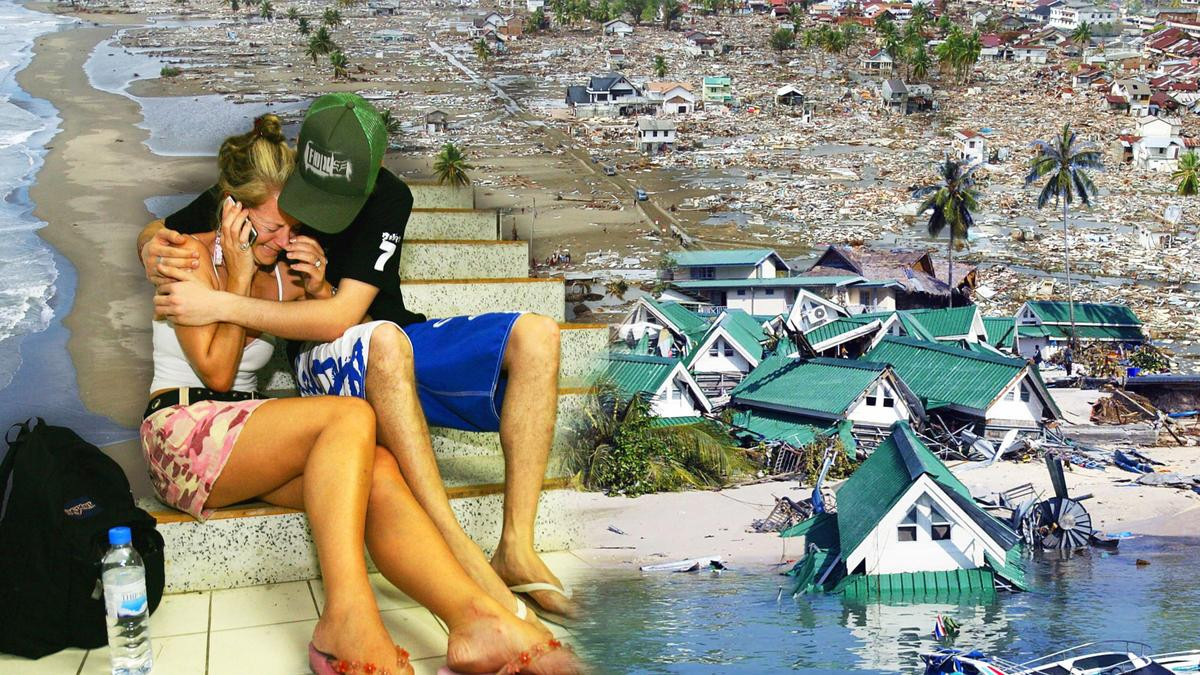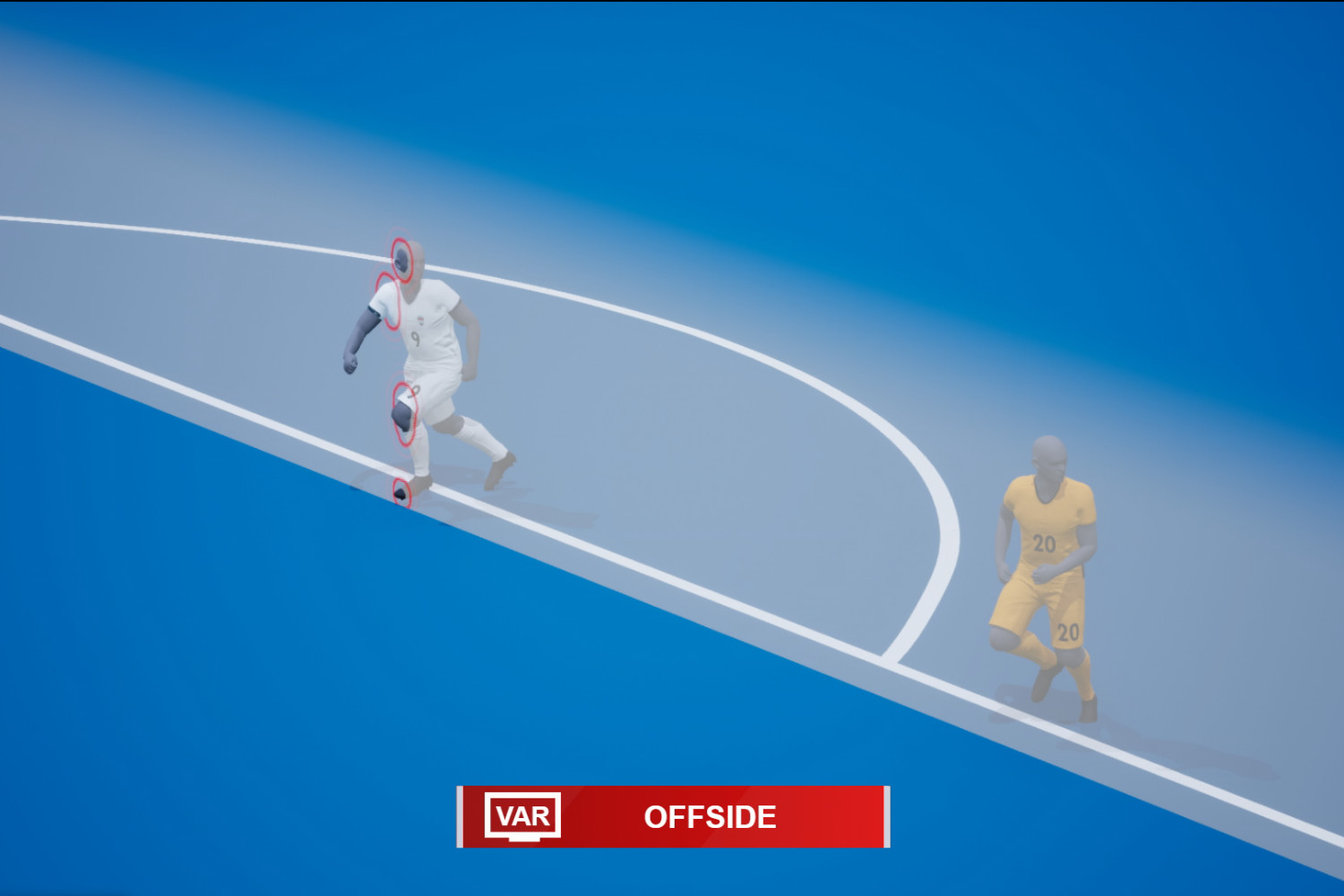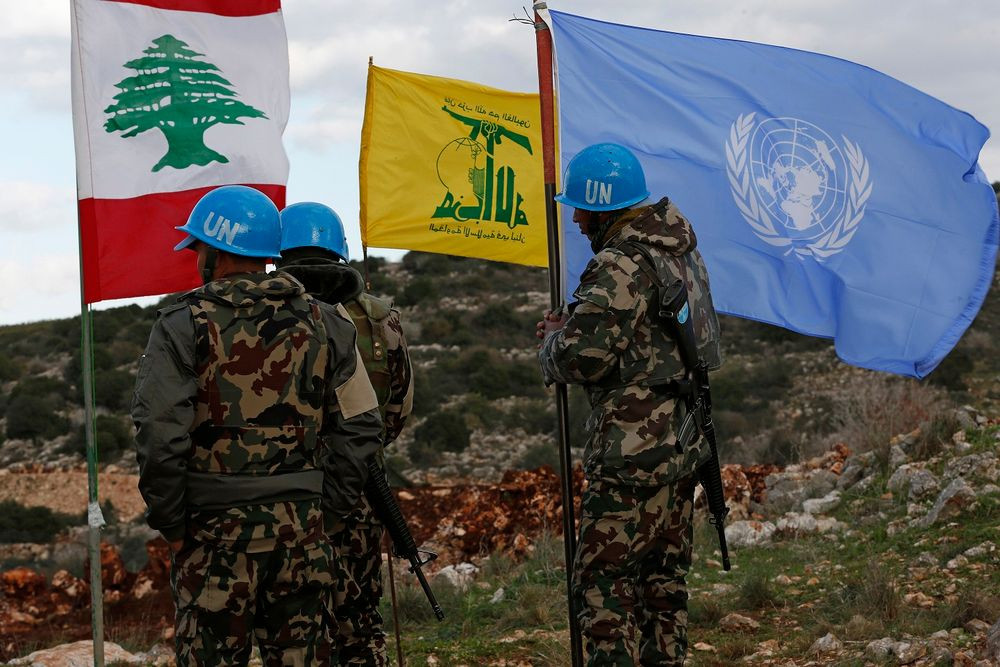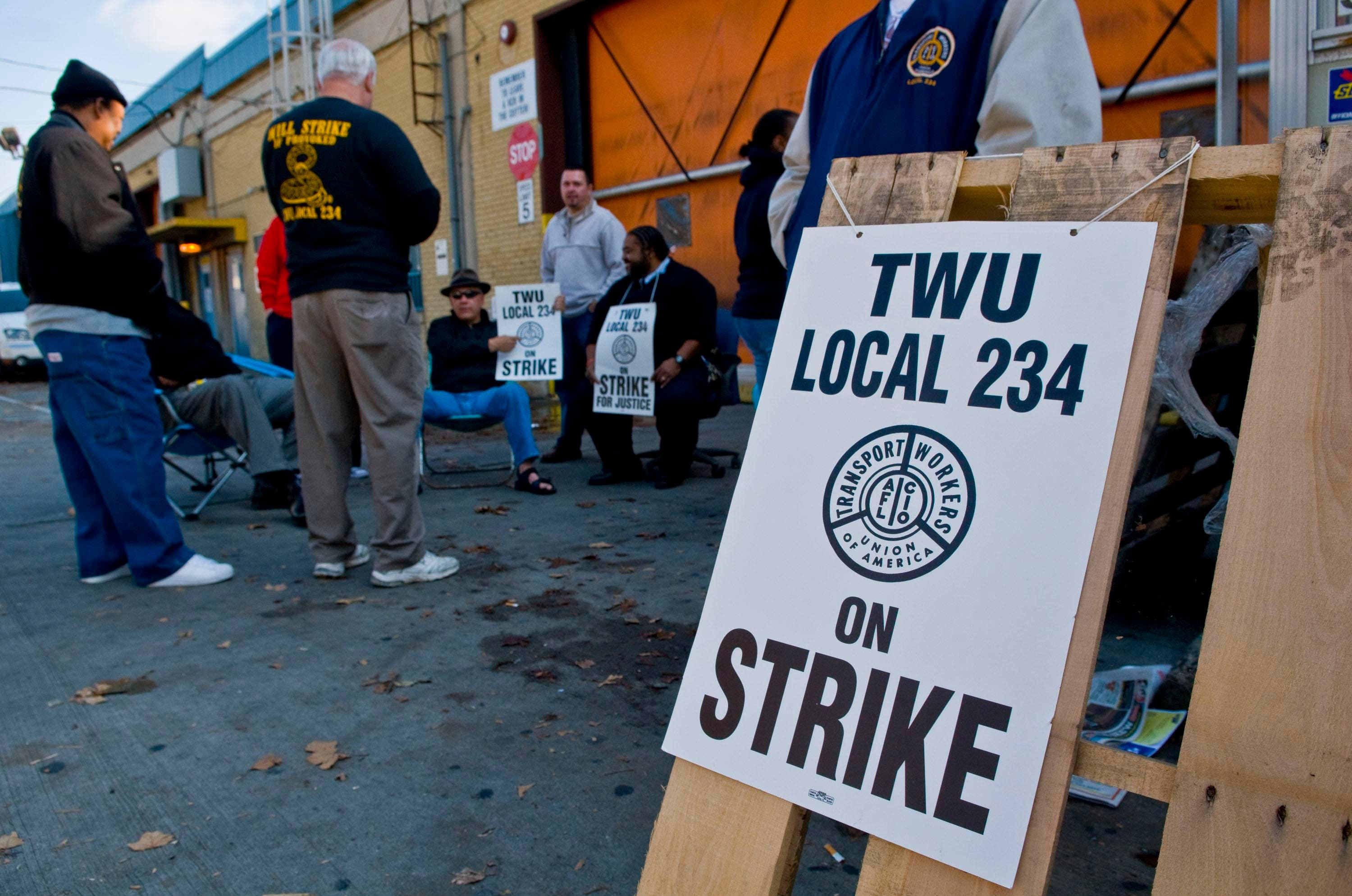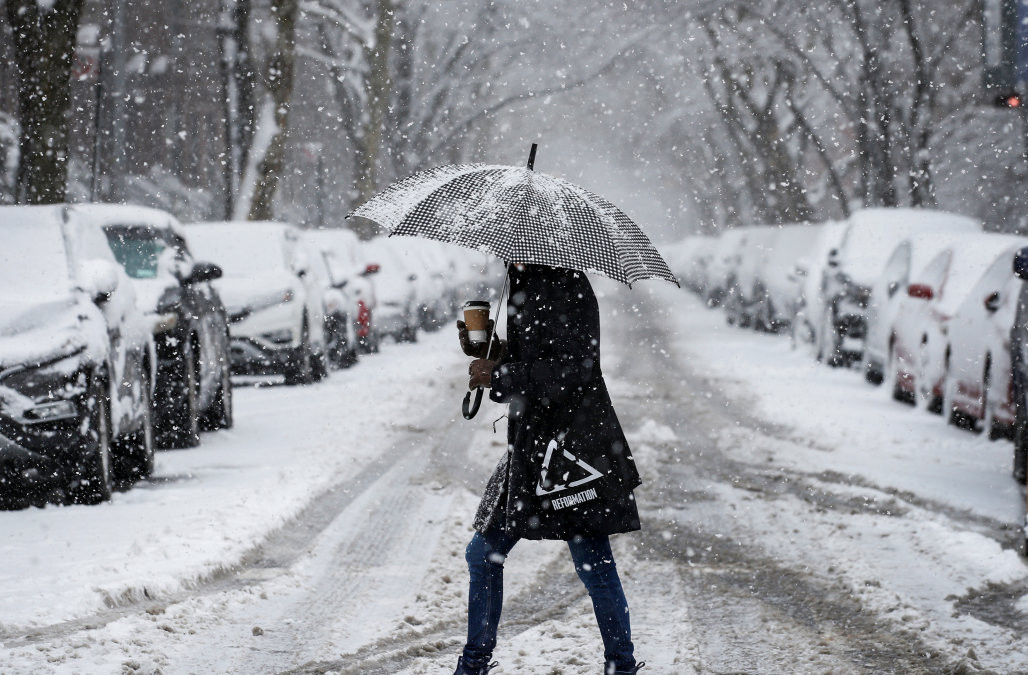A chilling photo of one of the biggest natural disasters in recent history taking place has resurfaced online, revealing the true horror of the destruction and the terror people must have felt.
On Boxing Day 2004, those on the coast of South and Southeast Asia experienced one of the deadliest earthquakes and tsunamis of the 21st century. The devastating disaster claimed the lives of over 220,000 people, while injuring thousands more in what was the third largest earthquake since 1900. It took several years to clear up the devastation left behind in affected places such as Indonesia, Sri Lanka, India and Thailand.
On top of the death toll, 139,000 homes were destroyed, as well as 74,000 hectares of agricultural land, thousands of schools, hundreds of health facilities and eight airports/airstrips.
But how did this happen?
Well, it began when the Indian and Burma plates subducted 20 miles below the ocean floor. But as the tectonic plates collided, an 800-mile rupture was caused - about the same length of Texas - causing a colossal earthquake which was said to have released the same energy as 23,000 Hiroshima-type atomic bombs.
On the richter scale, used to measure the magnitude of an earthquake, anything from 7.0 to 7.9 is categorised as a 'major earthquake' causing 'serious damage', while anything labeled 8.0 or greater is an earthquake that can 'totally destroy communities near the epicenter'. The 2004 Indian Ocean earthquake hit a magnitude of 9.1.
The Tsunami's Impact
The collision of plates cause the ocean floor to rise by 40 metres, triggering a tsunami that would do most of the damage, destroying several coastal areas, as some tourists unknowingly filmed the beginning of the disaster. Following the earthquake, the sea receded and revealed the seabed, with a giant wall of water heading for the ocean's surrounding nations.
The photo above reveals how the water quickly receded, with people running desperately for safety after spotting the 'black giant' heading for them in the middle of their holiday. Near the major city of Banda Aceh, Indonesia, waves reached heights of 51m as almost 170,000 people died in Indonesia alone as a result of the disaster.
Devastation Across Nations
Sri Lanka is 1,100 miles from Sumatra, and it took two hours for the tsunami to reach the South Asian island. It managed to claim the lives of 35,322 people. The tsunami also hit the coasts of Thailand, where several tourists had been enjoying a hot festive period, especially on the island of Phuket, as 8,000 people died on the country's shores alone after it hit.
Some other countries that were effected were Somalia, Maldives, Malaysia, Myanmar and Tanzania. In total, there were almost 230,000 fatalities across the 14 affected countries, with donations totalling $6.25 billion (£4.7 billion) as the world tried to assist in the rescue of people affected by the event. The overall fatality figure included approximately 9,000 foreign tourists that came from several other nations, making the 2004 Indian Ocean tsunami and earthquake one of the worst natural disasters in history.
A Reminder of Nature's Power
The 2004 Indian Ocean tsunami serves as a stark reminder of the immense power of nature and the devastating consequences it can have on human life. The tragedy highlighted the importance of preparedness for natural disasters and the need for international cooperation in response to such events. The photo that has resurfaced is a powerful testament to the event's impact and the enduring legacy of the disaster.




